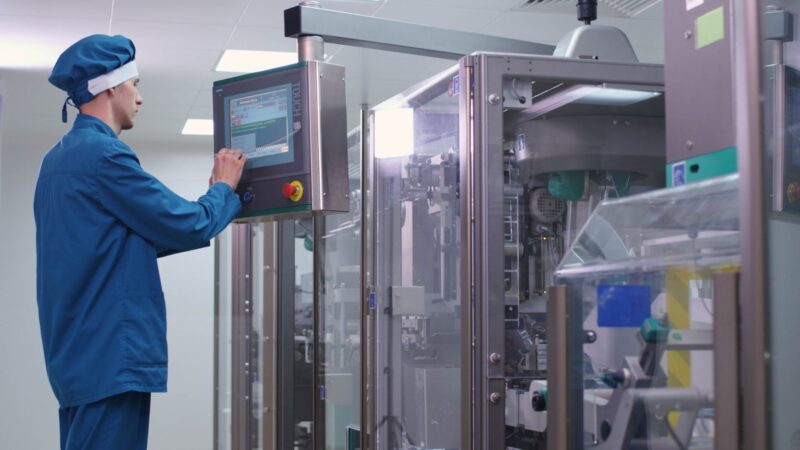From Reactive Monitoring to Predictive Intelligence—How SCADA Is Evolving for Pharma 4.0
The biopharmaceutical industry is entering the age of smart factories and digital twins, and the Supervisory Control and Data Acquisition (SCADA) system—a long-standing pillar of industrial automation—is undergoing a fundamental transformation. What was once a passive control interface is now being reimagined as a central intelligence layer that fuels predictive operations, real-time quality assurance, and AI-driven decision-making.
This shift from conventional SCADA to next-gen platforms is not merely a technological upgrade. It is a strategic response to the growing demands for resilience, regulatory visibility, and process transparency in a highly regulated, data-intensive industry.
From Legacy Systems to Intelligent Command Hubs
Traditional SCADA systems were built to handle equipment control, alarm handling, and data visualization across plant utilities, HVAC, process skids, and packaging lines. While reliable, they often operated in silos, lacked interoperability, and offered limited contextual insights.
Next-Gen SCADA systems are being architected with edge computing, cloud integration, and modular protocols—allowing them to go beyond supervisory control. These platforms now act as smart coordination layers, integrating with MES, ERP, PAT tools, and IoT devices in real time.
The result: a holistic, contextualized view of manufacturing operations that supports faster decisions, root-cause analysis, and digital continuity across the product lifecycle.
Core Characteristics of Next-Gen SCADA in Pharma
Several defining features are driving the evolution of SCADA systems within pharmaceutical environments:
- Cloud-native architectures that enable decentralized access and secure remote monitoring
- Seamless interoperability with GAMP 5, ISA-88/95, and other regulatory-aligned frameworks
- Object-oriented data models for equipment, batches, utilities, and alarms
- AI/ML-powered analytics for predictive maintenance and performance optimization
- Role-based dashboards tailored for operations, quality, maintenance, and compliance teams
These capabilities allow SCADA to evolve from a transactional system to an intelligent orchestration layer aligned with Pharma 4.0 ambitions.
Real-World Use Cases Gaining Traction
Leading pharmaceutical manufacturers and CDMOs are leveraging advanced SCADA platforms in several impactful ways:
- Condition-based monitoring of purified water systems, HVAC, and critical utilities
- Real-time compliance reporting through integration with MES and electronic batch records
- Environmental monitoring and deviation tracking in controlled cleanroom zones
- Energy optimization across utilities through load balancing and predictive control
These applications demonstrate SCADA’s expanding role—not just as an automation tool, but as a strategic enabler of operational excellence.
Cybersecurity and Data Governance: Foundational Requirements
As SCADA systems become more connected, cybersecurity and data integrity must be prioritized. Modern SCADA implementations incorporate multi-layered defense strategies, role-based access control, real-time threat detection, and full audit trail compliance with regulations such as FDA 21 CFR Part 11 and EU Annex 11.
Robust data governance ensures that SCADA-generated information is validated, version-controlled, and auditable—serving as a reliable foundation for digital manufacturing records.
The Road Ahead: Intelligence, Autonomy, and Real-Time Decision Support
The SCADA systems of the future are poised to become the digital nervous system of the pharmaceutical facility. Emerging trends include:
- Digital twin integration for real-time simulation and scenario modeling
- AI-driven control loops capable of autonomous error detection and correction
- Low-code configuration environments to reduce reliance on IT teams
- Context-aware insights that merge plant data with supply chain and quality systems
This evolution positions SCADA not just as an automation backbone, but as a strategic command center driving performance, compliance, and innovation.
SCADA is no longer confined to the control room. It is rapidly becoming the critical interface where operations, quality, and digital transformation converge—powering the next generation of pharmaceutical manufacturing.





